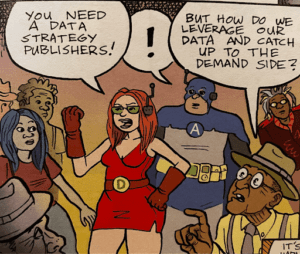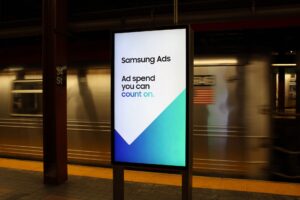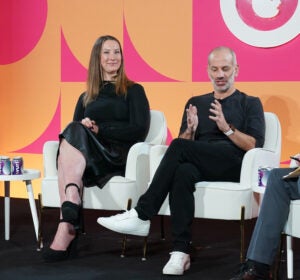 “Data-Driven Thinking” is written by members of the media community and contains fresh ideas on the digital revolution in media.
“Data-Driven Thinking” is written by members of the media community and contains fresh ideas on the digital revolution in media.
Today’s column is written by Jonathan Nelson, CEO at Omnicom Digital.
Have machines become better than humans at making decisions in marketing? As the amount of technology and data goes up, does the importance of human judgment go down?
Today, more than ever, advertising rests on the art of connecting brands and consumers. In spite of all the changes in technology, the craft of marketing is unchanged – it’s about creating authentic and compelling stories.
While storytelling isn’t a new idea in marketing, the idea of how to execute it at scale still eludes most marketers. As we move from mass marketing to mass personalization, we must be able to engage with the right people, at the right time, with the right message on the right platform. That’s an easy industry cliché, but what it means for the services layer is anything but facile.
This year at SXSW, we will see new players introducing innovative formats and customized platforms, continuing to diversify, enrich and fragment the media landscape – taking marketers further from consumers, rather than closer. So how do we assemble a holistic storytelling “system” together? With collaboration between humans and machines.
By bringing under the same roof many complementary talents, startups and agency models – from content to digital, CRM and audience measurement – we can combine creative storytelling with real-time messaging across the digital ecosystem.
The silos between technology and creativity need to be broken, once and for all. There is a difference between an algorithm and an insight. There’s a difference between a touch point and a true connection. There’s a vast divide between big data and a big idea. Old-fashioned intuition is still very much relevant in marketing. Machines need analysts and creatives to prioritize the information and figure out what people really care about.
If startups are the lifeblood of digital growth, marketers and agencies are the brains behind digital emotions. Only people can orchestrate these cross-channel strategies, rallying the right partners and tools to create memorable brand experiences that resonate beyond the digital world to people’s lives, communities and hearts.
Follow Omnicom Group (@Omnicom) and AdExchanger (@adexchanger) on Twitter.












